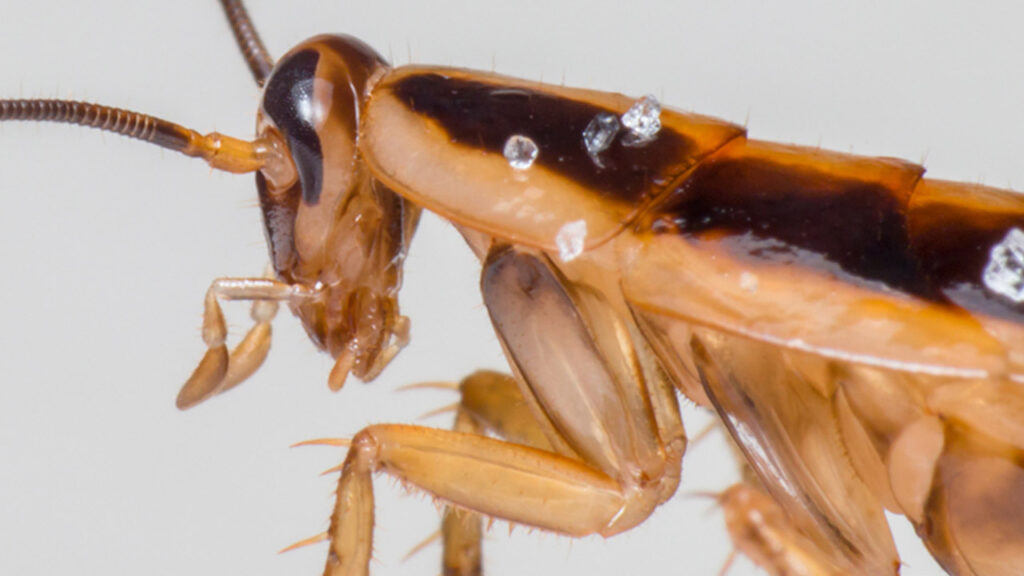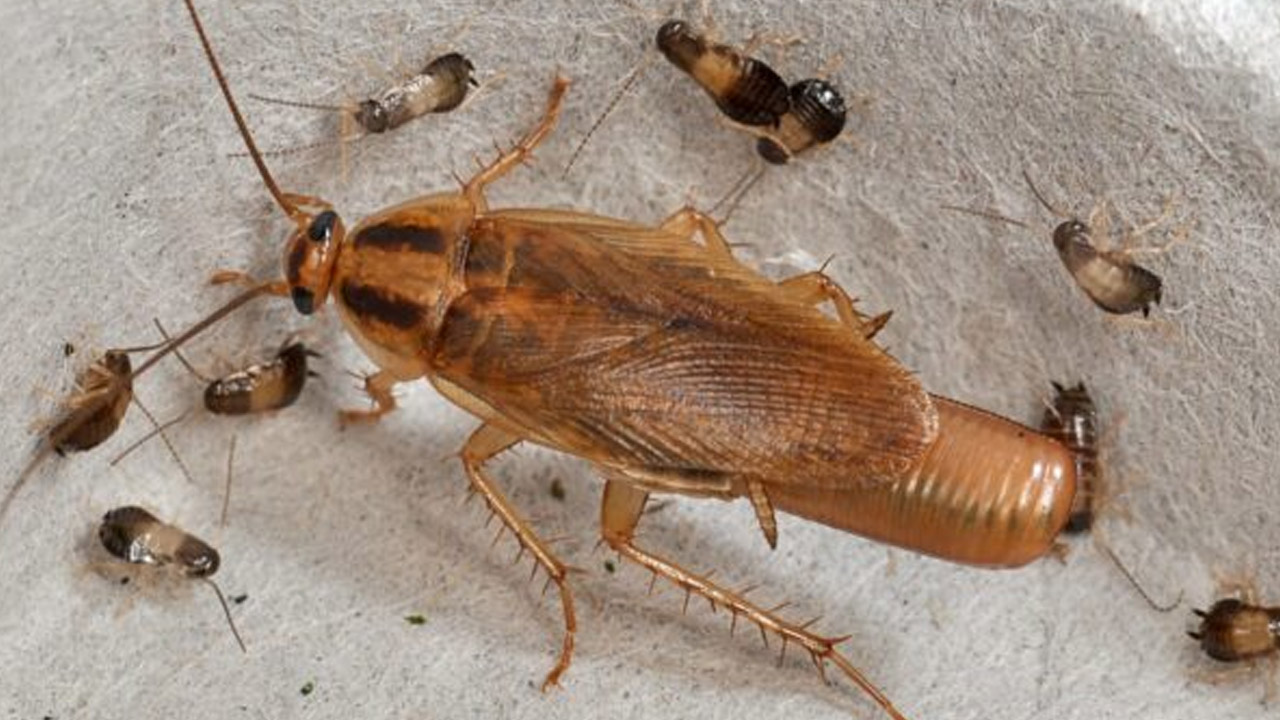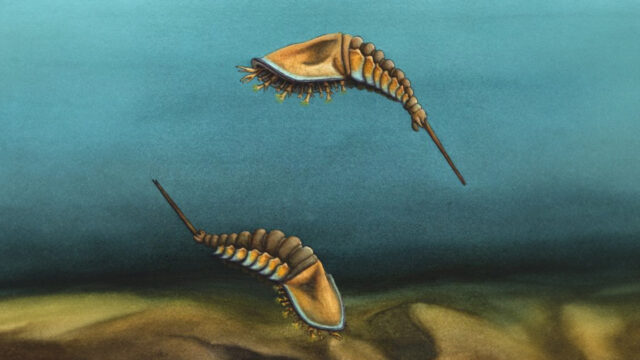Cockroaches, a very common pest around the world, are not found in nature, even though they cause a lot of trouble to humans. Scientists have uncovered how cockroaches evolved and how they became so widespread.
We humans are the reason why cockroaches are so common
By sequencing the DNA of the German cockroach (Blattella germanica), scientists have traced its origins to eastern India and Bangladesh, revealing an intriguing story of how one of man’s most hated pests contributed to its evolution and spread.

The cockroach came to people’s attention when it was spotted in an army food store in Eastern Europe during the Seven Years’ War between 1756 and 1763. The opposing forces gave the insect different names. The Russians called it the “Prussian cockroach”, while British and Prussian soldiers called it the “Russian cockroach”.
In 1767, the Swedish biologist Carl Linnaeus classified and named this species (Blatta germanica). Blatta is Latin for “light-hater” and germanica comes from the fact that the specimens were collected in Germany. The species was later renamed Blattella to group small cockroaches.
As scientists discovered related species with similar anatomy in Africa and Asia, they suggested that the cockroach may have first evolved in Africa or Asia, but they were unable to test these theories. This is where gene sequencing came in.
Scientists extracted DNA from 281 cockroach samples from 17 countries. When they compared the DNA sequence of the German cockroach with similar species from Asia, they found that it was almost identical to Blattella asahinai from the Bay of Bengal.
More than 80 percent of the German cockroach samples matched perfectly. The remaining 20 percent differed very little. This shows that the two species diverged only 2,100 years ago, a very short evolutionary time.
Scientists think that Blattella asahinai adapted to living near humans after their natural habitat was cleared by farmers. The ancestors of this species moved from Indian fields to buildings and became dependent on humans. So how did they spread around the world?
The researchers analyzed another gene sequence (SNPs) in the DNA of the German cockroach. With this analysis, they revealed how the German cockroach spread from its native lands around the world. The first wave of migration took place westward from the Bay of Bengal about 1,200 years ago and was probably carried along with the trade and armies of the Islamic Umayyad and Abbasid Caliphates.
The second wave made its way to Indonesia with European trading companies about 390 years ago. The German cockroach arrived in Europe about 270 years ago, which matches historical records from the Seven Years’ War.
Since humans, of course, do not like cockroaches, the survival of these invaders depended on their ability to stay hidden. The German cockroach became nocturnal and avoided open spaces. It stopped flying, but kept its wings.
So we are responsible for the spread of this cockroach that we often see in our homes. What do you think? Please don’t forget to share your thoughts with us in the comments section below.















